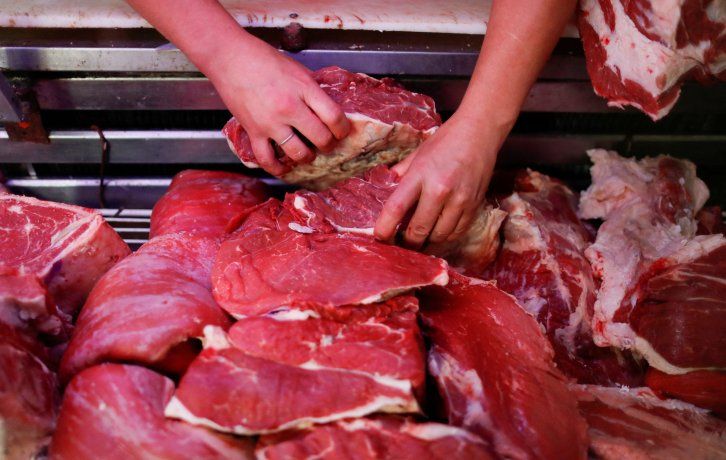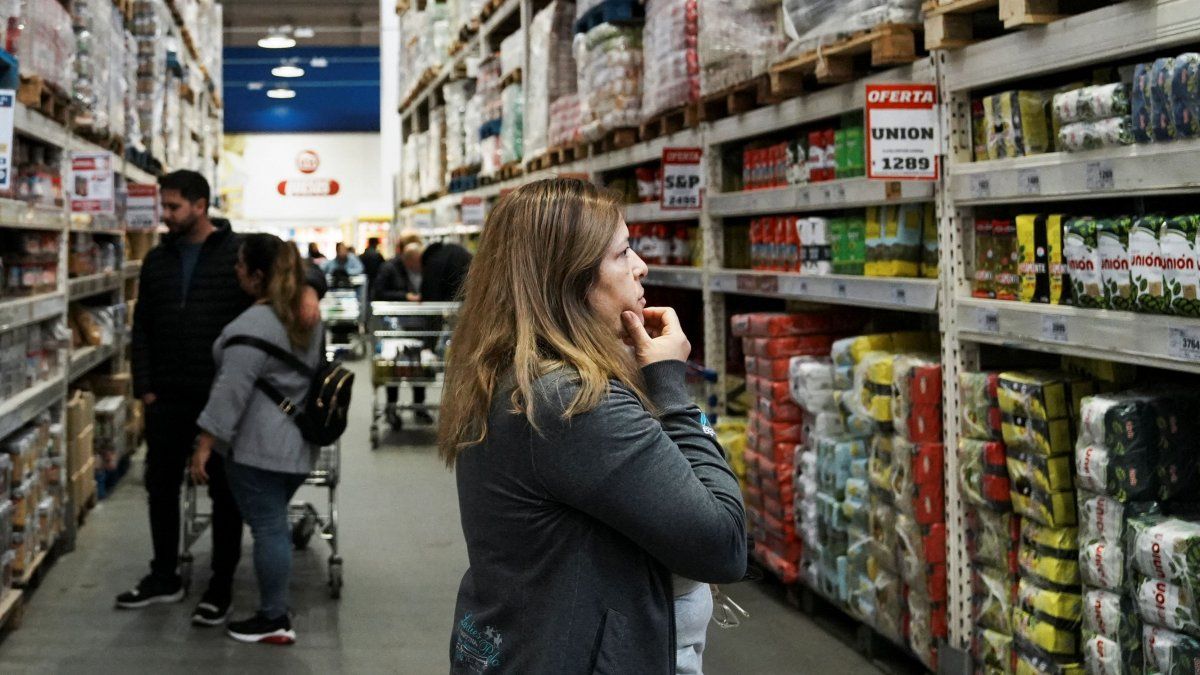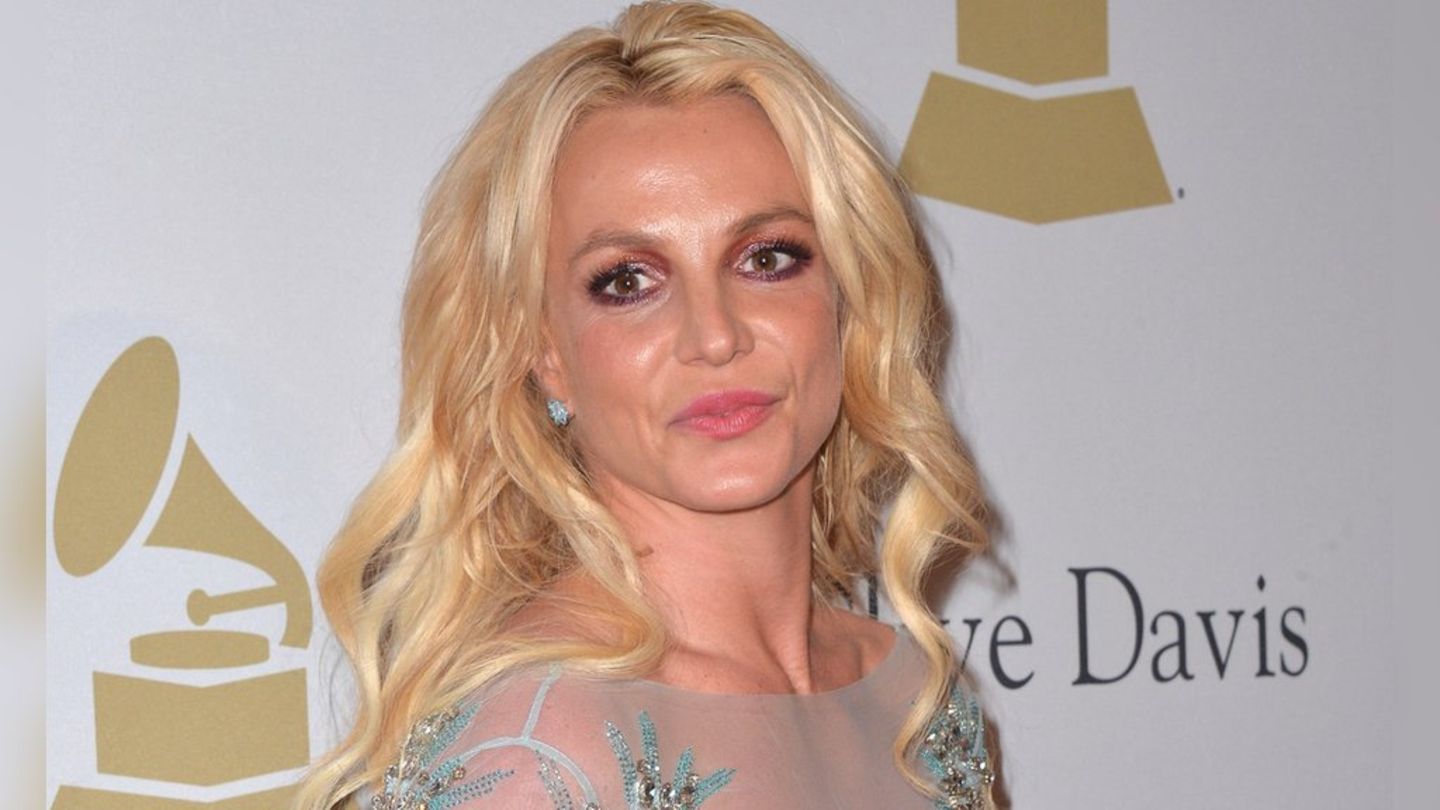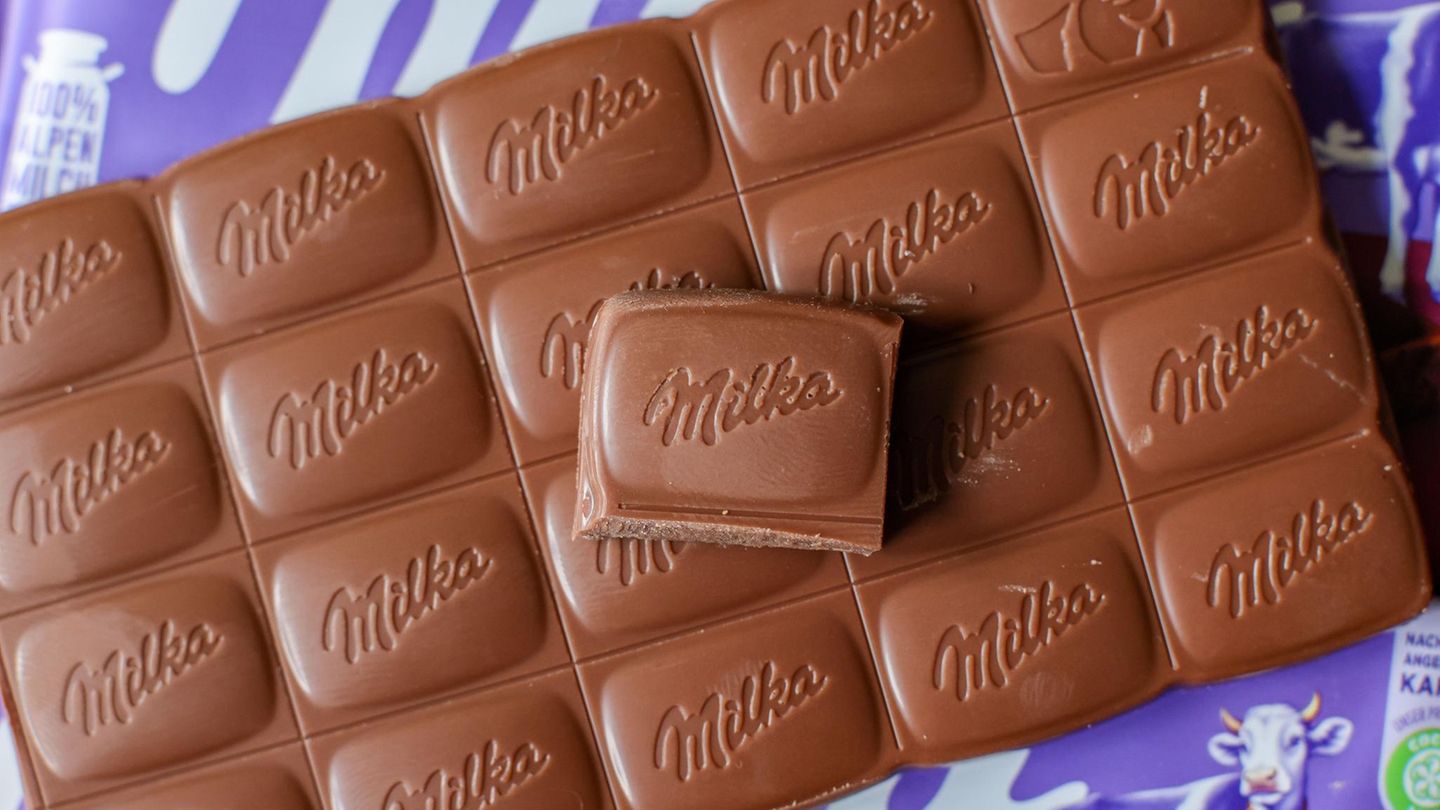A survey found that consumers adjusted their purchases by taking advantage of wholesale offers, switching to cheaper brands or adapting their meals to more affordable options.
Meanwhile, in the grocery sector, noodles, rice, and polenta were more sought-after products than usual,” they said.
Reuters
According to the survey carried out the Argentine Confederation of Medium-sized Enterprises (CAME) Food and Beverage sales fell 20.9% year-on-year in July, at constant prices, and have accumulated a drop of 21.7% in the first seven months of the year compared to the same period in 2023. In the inter-monthly comparison, they decreased by 2.5%. The beverage sector was the hardest hit, where sales plummeted.
The content you want to access is exclusive for subscribers.
The decline in purchasing power and the consequent loss of purchasing power has led to a change in consumer habits. It is not just about choosing second or third brands.but the Argentine diet is beginning to shift.


But the report adds data that points to consumer behavior due to the cost of products. “People regulated their purchases, took advantage of offers from wholesalers, switched to second and third brands, or adapted their meals to cheaper and more profitable dishes,” said the monthly report from CAME.
How much has the price of meat increased?
In particular, they focused on food consumption. “There was a sharp decline in meat, in all varieties (beef, pork and poultry). Meanwhile, in the grocery sector, noodles, rice and polenta were more sought-after products than usual,” they said.
butchery meat

During the first six months of 2024, consumption fell to 44.7 kilos per inhabitant.
Reuters
In mid-July, a report by the Chamber of Meat Industry and Commerce (Ciccra) indicated that apparent consumption of beef per capita in June 2024 fell by 16.7% year-on-year, registering the lowest volume in the last 13 years. During the first six months of 2024, consumption fell to 44.7 kilos per inhabitant.
Source: Ambito




